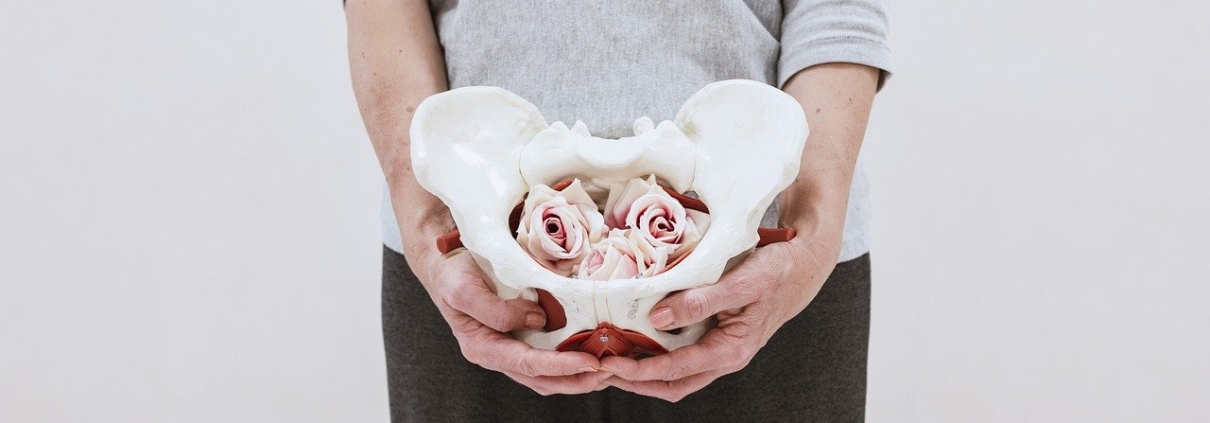PREGNANCY TRAINING – Strengthening with Internal Rotation Exercises
Preparing for childbirth is a transformative and awe-inspiring journey that brings about both excitement and challenges for expectant mothers. Ensuring optimal pelvic health is vital during pregnancy, as it directly impacts the birthing process. Internal rotation exercises play a significant role in opening up the bottom half of the pelvis, promoting flexibility, and reducing the likelihood of labor stalls or “laser stalls.” In this article, we’ll explore the importance of internal rotation exercises and how they can contribute to a smoother birthing experience.
Understanding Internal Rotation Exercises
Internal rotation exercises focus on the inward movement of the thighs toward the midline of the body. These exercises engage the muscles around the pelvis, including the pelvic floor, glutes, hip adductors, and deep hip rotators. By strengthening and mobilizing these muscle groups, internal rotation exercises help create space in the pelvis, allowing the baby to descend and progress through the birth canal more efficiently.
The Concept of Laser Stalls
Labor stalls, often referred to as “laser stalls,” occur when the progress of labor slows or comes to a standstill. This phenomenon can be frustrating and challenging for both the expectant mother and the birthing team. Laser stalls are often associated with the baby’s position in the pelvis, specifically when the baby’s head becomes aligned with the mother’s spine, hindering progress.
How Internal Rotation Exercises Help
- Opening Up the Pelvis: Internal rotation exercises are designed to open up the bottom half of the pelvis, creating more space for the baby to move through the birth canal. These exercises specifically target the muscles that influence the rotation and tilting of the pelvis, promoting optimal alignment for childbirth.
- Engaging the Pelvic Floor: A strong and flexible pelvic floor is essential for the birthing process. Internal rotation exercises activate the pelvic floor muscles, helping to improve their strength and elasticity. A well-conditioned pelvic floor can aid in the baby’s descent and reduce the risk of labor stalls.
- Reducing Tension and Stiffness: During pregnancy, the body undergoes significant changes that can lead to tension and stiffness in the pelvic region. Internal rotation exercises enhance mobility and flexibility in the hips, relieving tension and encouraging better pelvic alignment for childbirth.
Essential Internal Rotation Exercises
-
Internal Rotation Step-Ups
Step-ups are a fantastic way to activate the muscles of your lower body while replicating the movement involved in climbing stairs. When performed with an internal rotation component, step-ups become even more effective in preparing the pelvis for childbirth.
-
Internal Rotation Romanian Deadlifts (RDLs)
Internal rotation RDLs are excellent for targeting the glutes, hamstrings, and lower back. These exercises can help improve hip mobility and stability, which are crucial during pregnancy and childbirth.
Conclusion
Internal rotation exercises are a valuable addition to any prenatal fitness routine, offering numerous benefits for both the mother and the baby during childbirth. By opening up the bottom half of the pelvis and promoting pelvic flexibility, these exercises help prevent labor stalls and facilitate a smoother birthing experience. As with any exercise during pregnancy, it is essential to consult with a healthcare provider before starting a new exercise regimen. Embrace the power of internal rotation exercises and empower yourself with the knowledge that you are actively preparing your body for the incredible journey of childbirth.



